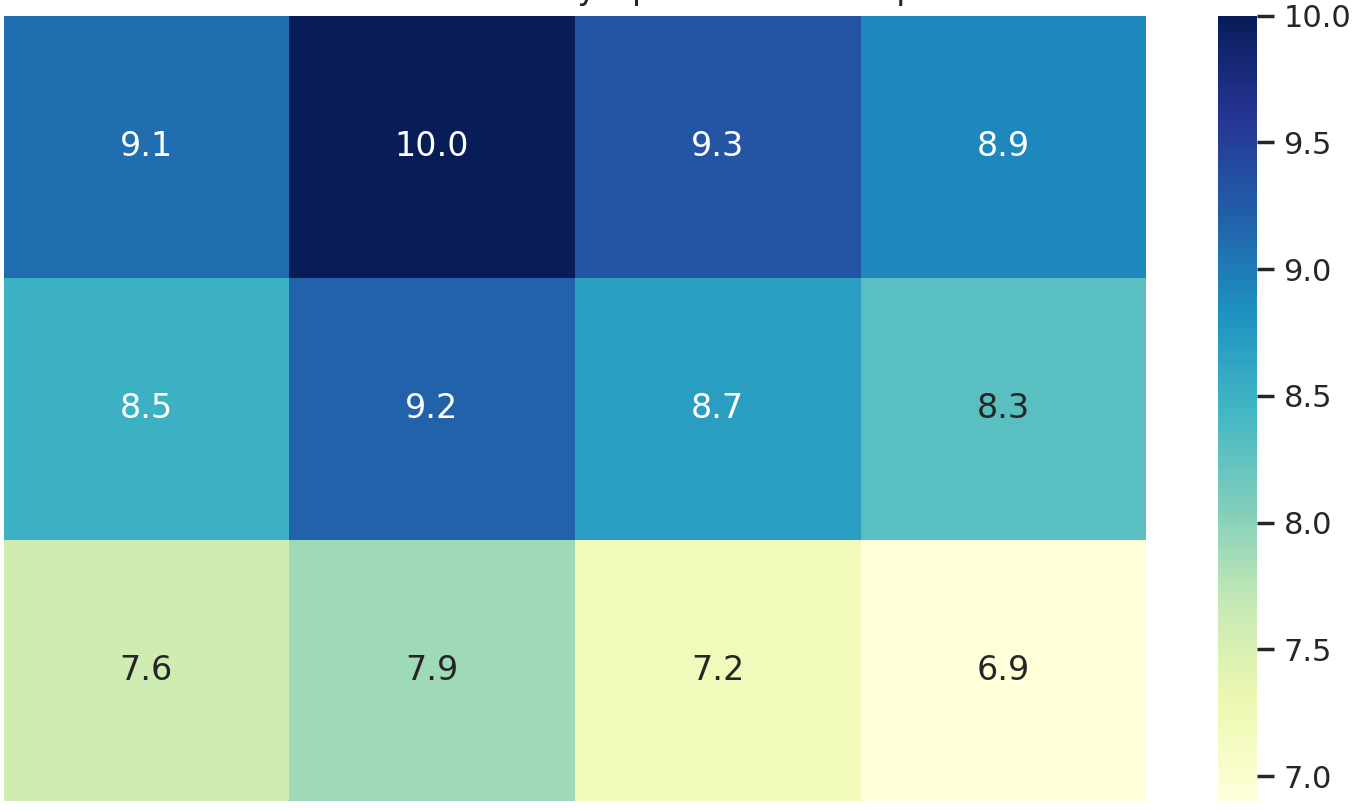Author: Camille
-
The Forgotten Variables: Baffles, Ports, and Tank Geometry in Real Fermentors
The Forgotten Variables: Baffles, Ports, and Tank Geometry in Real Fermentors When people talk about fermentation optimization, they usually start with the classics: media composition, pH, temperature, feeding strategy. All of these are valid and should (in my opinion) be considered first. But when you’re scaling up, transferring a process, or trying to debug a…
-
Curvature in DoE: Why it Matters, and How to Catch it
This is part III of an ongoing DoE series that I would have loved to read when I was first running these types of experiments in the lab. You can start at the beginning, with part I: a general overview of what DoE is, here. You’re running a fermentation experiment. You want to figure out…
-
Making Sense of Fermentation Data with Correlation Matrix Heat Maps
In R&D, it’s easy to collect dozens of process parameters and output variables—but much harder to interpret them all at once. That’s where correlation matrix heat maps come in: they turn overwhelming spreadsheets into intuitive visual patterns. What Is a Correlation Matrix Heat Map? A correlation matrix shows how strongly pairs of variables are related,…
-
Smarter Fermentation: A Layered DoE Strategy for Process Optimization
As discussed in my previous post, DoE allows us (hopefully) to extract maximum insight from minimal runs. This post summarizes a two-round DoE strategy used to optimize final titer in a microbial fermentation process using two 12 x 250 mL ambr bioreactor setups across two weeks of experimentation. All data is fabricated and hypothetical. Round…
-

Designing Better Bioprocesses: How DoE Functions in Fermentation Experimentation 101
This is part of an ongoing DoE series that I would have loved to read when I was first running these types of experiments in the lab. See Part II, a simple example of a DoE experiment in action, here. In bioprocess dev, especially when working with bioreactors, it can be tempting to test one…
-
Good vs. Misleading: How to Read (and Misread) Correlation Heat Maps in Fermentation Data
This is a follow-up for the post: Making Sense of Fermentation Data With Correlation Matrix Heat Maps Correlation matrix heat maps are powerful—but only if you know what you’re looking at. In this follow-up to our post on using heat maps in fermentation, we’re diving into super quick examples of good practices and common misinterpretations.…
-

Welcome to My Blog!
I’m Camille Garza-Delbrook, and I’m thrilled to have you here. This blog is a space where I share my passions, experiences, and insights on a variety of topics that I hold dear.
